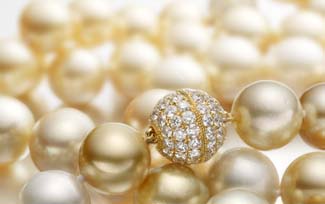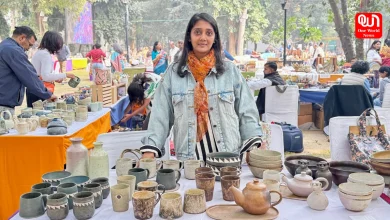PEARLS: A MUST FOR EVERY WOMAN’S JEWELRY COLLECTION

A sting of white pearls is a necessity for every jewelry collection. For generations, they have been a sign of elegance and subtle beauty. The royals worldwide have doted on this gemstone, be it our own RajmataGayatri Devi to go with her chiffons or Queen Elizabeth with her elaborate royal gowns. Pearls as an accessory, holds their ground regardless of what you wear them with.

Valuable pearls occur in the wild, but they are very rare. These are called Natural Pearls. They are formed inside the shell of certain mollusks: as a defense mechanism to a potentially threatening irritant such as a parasite inside its shell, injuring the mantle tissue. The mollusk creates a pearl sac to seal off the irritation. They come in many shapes with perfectly round ones being comparatively rare. Single natural pearls are often sold as a collector’s item, or set as centerpieces in unique jewelry. It is said that, in 1917, jeweler Pierre Cartier purchased the Fifth Avenue mansion that is now the New York Cartier store, for US$100 cash and a double strand of matched natural pearls valued at the time for US$1 million.

Since most of us aren’t as blessed as Cartier, the Cultured Pearl is what is most commonly used in jewelry. A tiny piece of mantle tissue of a donor shell is transplanted into a recipient shell. This graft will form a pearl sac and the tissue will precipitate calcium carbonate into this pocket. There are a number of options to produce cultured pearls: use freshwater or seawater shells, transplant the graft into the mantle or into the gonad, add a spherical bead or do it non-beaded. The large majority of saltwater cultured pearls are grown with beads, the trade name of the cultured pearls are Akoya, white or golden South Sea and black Tahiti. The majority of bead less cultured pearls are mantle-grown in freshwater shells with the trade name Chinese cultured pearls.







